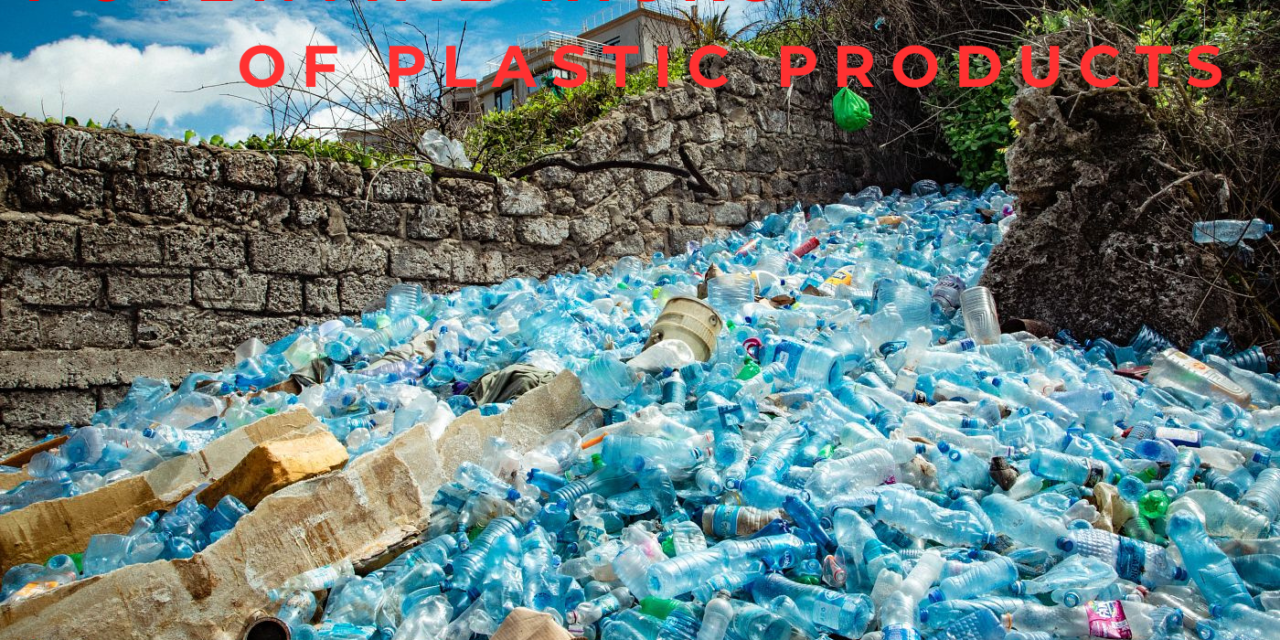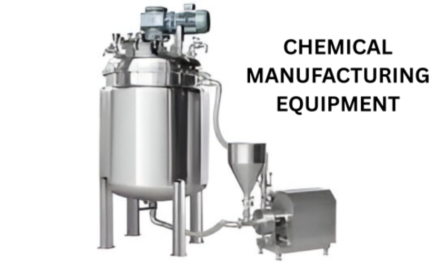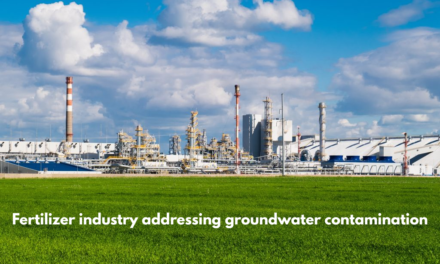Plastic products, while widely used in many industries, can pose several risks to human health depending on the type of plastic, its additives, and how the plastic is used. Here are some of the potential health risks associated with plastic products:
1. Exposure to Harmful Chemicals
Some plastics contain or release chemicals that can affect human health, especially when plastics come into contact with food, beverages, or the skin.
- Bisphenol A (BPA): A chemical used in the production of polycarbonate plastics and epoxy resins. BPA can leach into food or beverages from containers made with BPA and has been linked to:
- Hormonal disruptions (acting as an endocrine disruptor).
- Increased risk of cancer, heart disease, obesity, and developmental issues in children.
- Solution: BPA-free plastics are increasingly being used as alternatives, but the safety of substitutes like BPS (bisphenol S) is still under scrutiny.
2. Microplastics
Microplastics are tiny plastic particles (less than 5mm in diameter) that result from the breakdown of larger plastic items or are directly released into the environment. These particles are now found everywhere— in oceans, air, food, and drinking water.
- Health Risks of Inhalation: Breathing in airborne microplastics may lead to respiratory issues, inflammation, and potential long-term lung damage.
- Health Risks of Ingestion: Microplastics in food and water can be ingested, leading to:
- Toxicity from chemicals attached to the microplastics, such as heavy metals or persistent organic pollutants.
- Disruption of gut health, causing inflammation or gut microbiome imbalances.
- Solution: Research into microplastics’ impacts on health is ongoing, and better waste management practices are being developed to reduce plastic pollution.
3. Plasticizers and Additives
Additives used to modify the properties of plastics (e.g., plasticizers, stabilizers, flame retardants) can sometimes migrate out of the material, posing potential risks.
- Plasticizers like DEHP (di(2-ethylhexyl)phthalate) are linked to:
- Reproductive harm.
- Endocrine disruption.
- Developmental toxicity, especially in children.
- Flame Retardants used in some plastics to reduce flammability, such as polybrominated diphenyl ethers (PBDEs), have been shown to:
- Accumulate in human tissue, potentially leading to neurodevelopmental harm in children.
- Increase the risk of cancer and hormonal disruptions.
4. Toxic Fumes and Particles from Burning Plastics
Burning plastic products, whether in waste incinerators or during accidental fires, releases a variety of harmful chemicals into the air, including:
- Dioxins: Highly toxic compounds formed during the combustion of chlorinated plastics (e.g., PVC).
- Health Risks: Exposure to dioxins can cause reproductive and developmental issues, immune system damage, and increase the risk of cancer.
- Heavy Metals: Some plastics, especially those used in electronics, may contain heavy metals like lead, cadmium, or mercury. When burned, these metals can be released into the environment, posing long-term health risks.
5. Endocrine Disruptors
Certain chemicals found in plastics are endocrine disruptors, meaning they interfere with the body’s hormone systems, potentially leading to:
- Developmental and reproductive health issues.
- Increased risk of cancers related to the reproductive system (e.g., breast, prostate).
- Obesity, metabolic diseases, and diabetes.
Plastics containing BPA, phthalates, and some flame retardants are particularly concerning in this regard.
6. Plastic in Food Packaging
Plastics used in food packaging can sometimes leach chemicals into food, especially when exposed to heat or acidic contents.
- Food Contamination: Common plastic food containers (such as those made of PVC, PS, and polycarbonate) can release harmful substances like BPA or styrene into food, particularly when exposed to high temperatures (e.g., in a microwave).
- Health Risks: Chronic exposure to these chemicals has been linked to hormonal disruption, reproductive issues, and increased cancer risk.
7. Long-term Exposure to Plastic Pollutants
Plastic waste can persist in the environment for hundreds of years, leaching harmful chemicals into water and soil. Over time, this contamination can affect human health:
- Toxic Effects on Aquatic Life: Plastics in the ocean can harm marine life, which in turn affects food chains that humans depend on.
- Human Exposure via Seafood: Fish and shellfish can ingest plastic particles, which may then enter the human food chain, exposing consumers to toxic substances.
While plastic products offer many benefits, their health risks are significant, especially when chemicals like BPA, phthalates, and flame retardants are present.

















